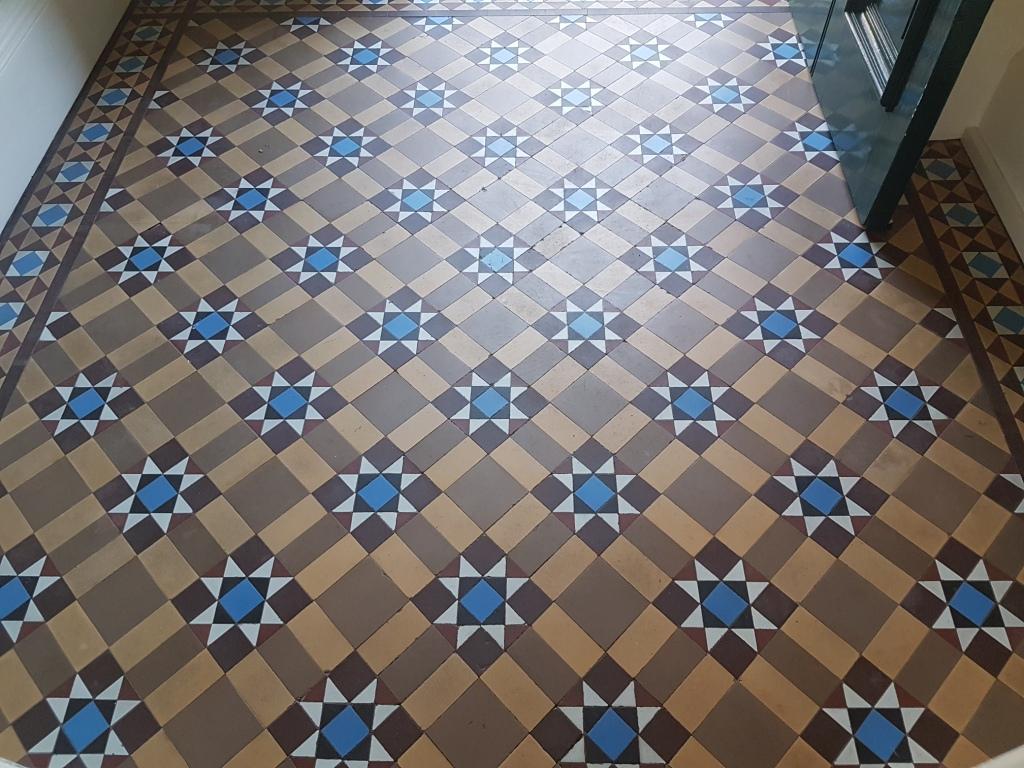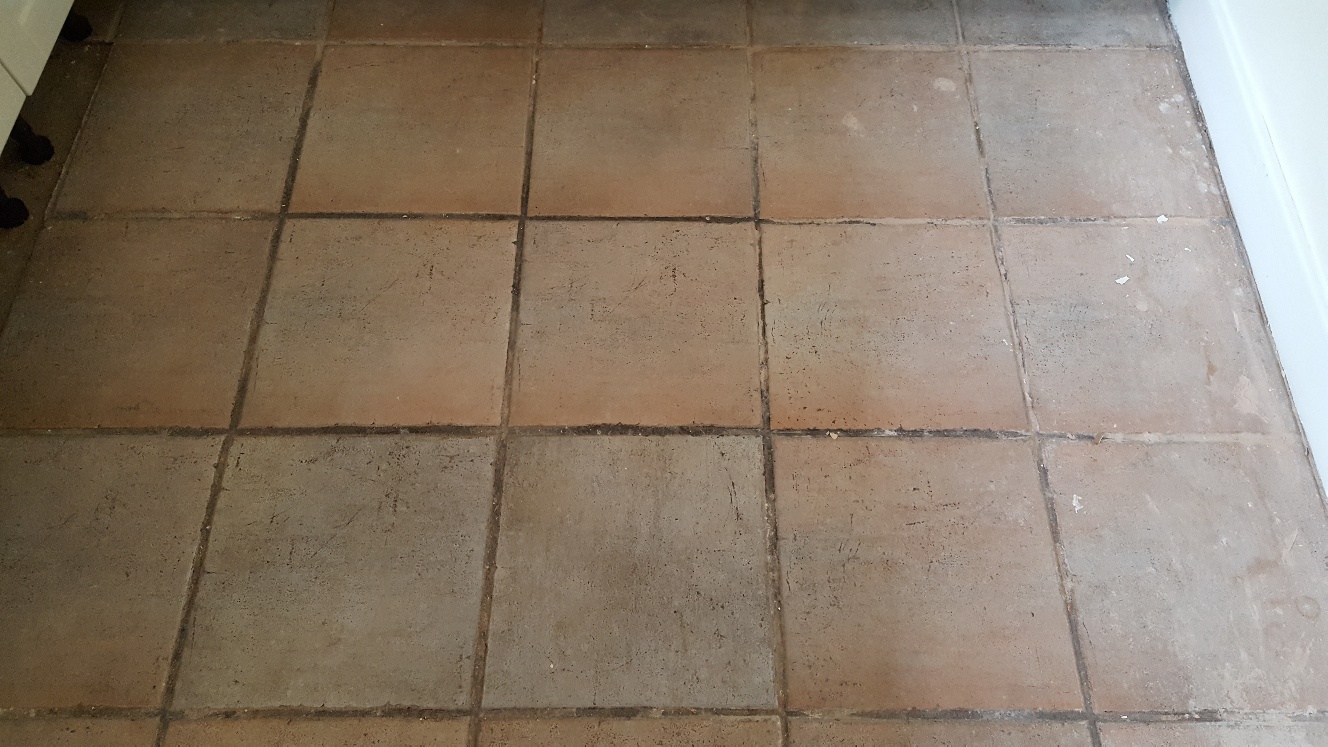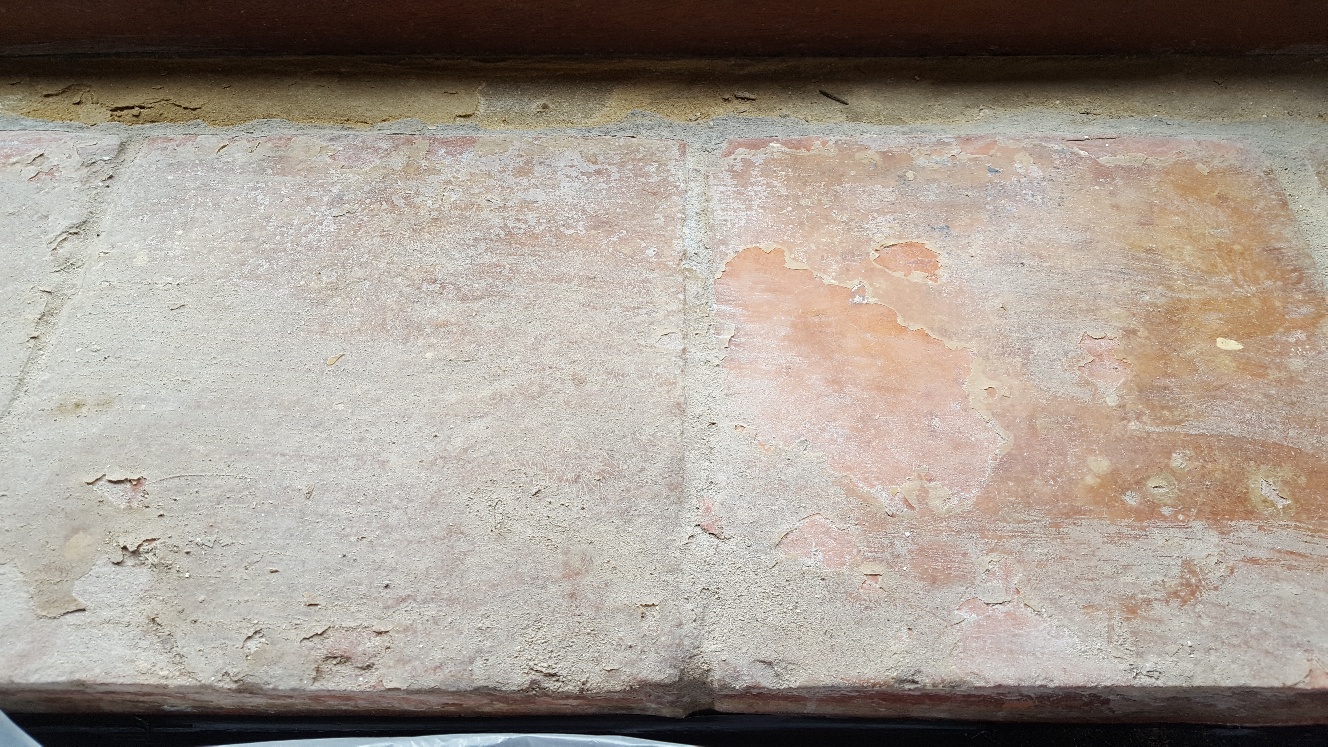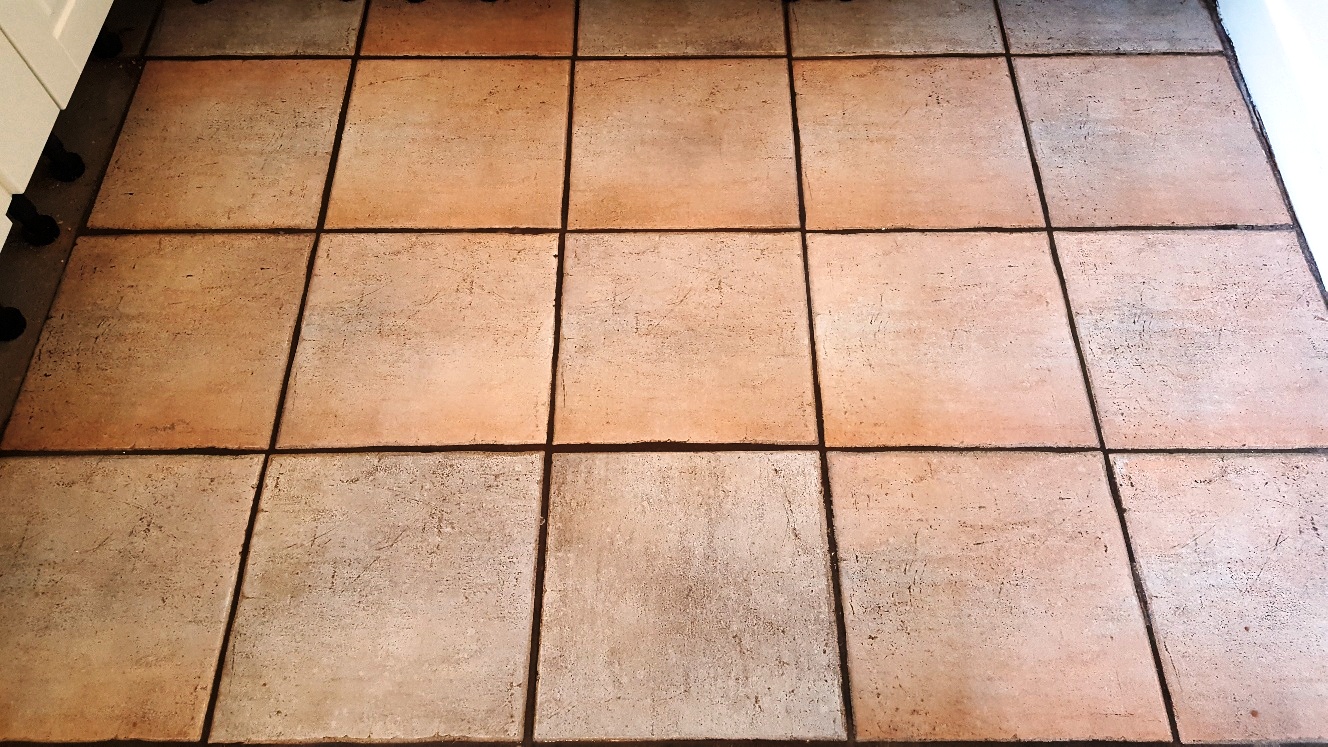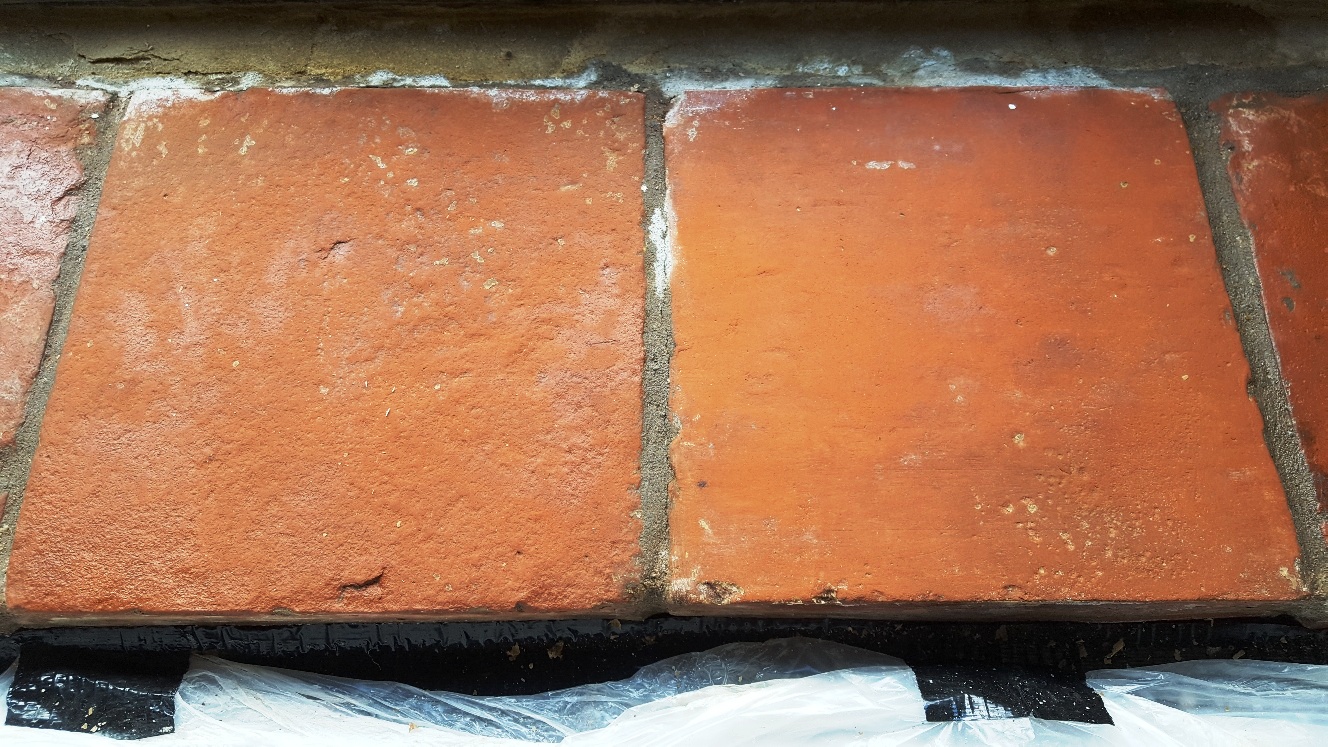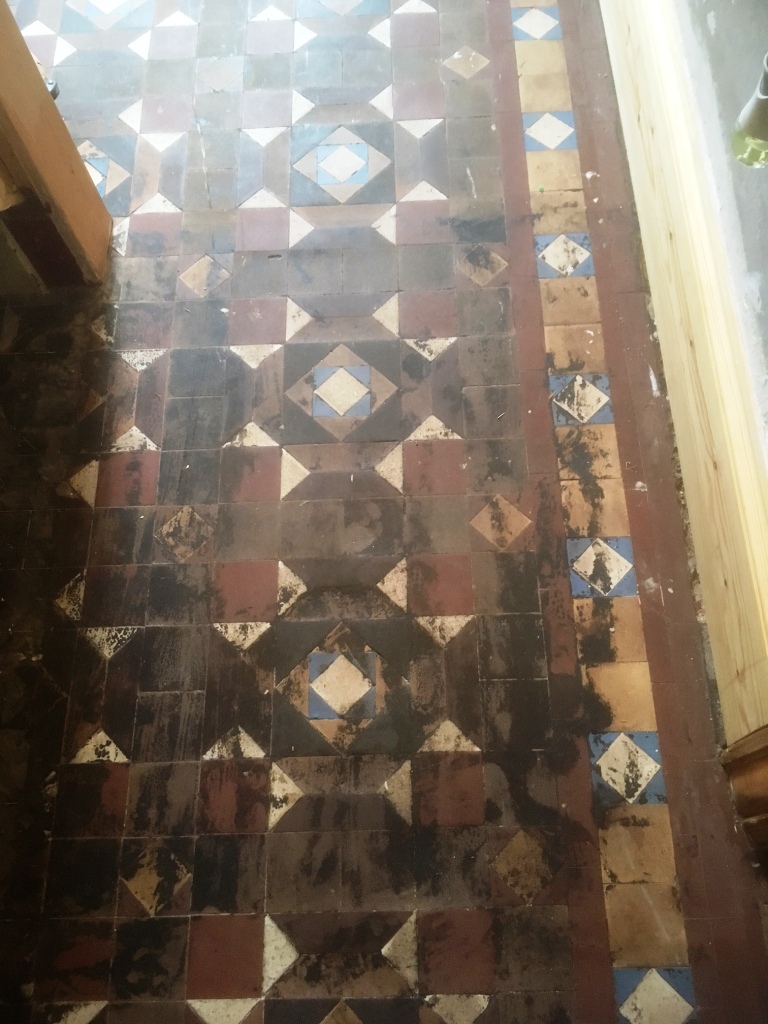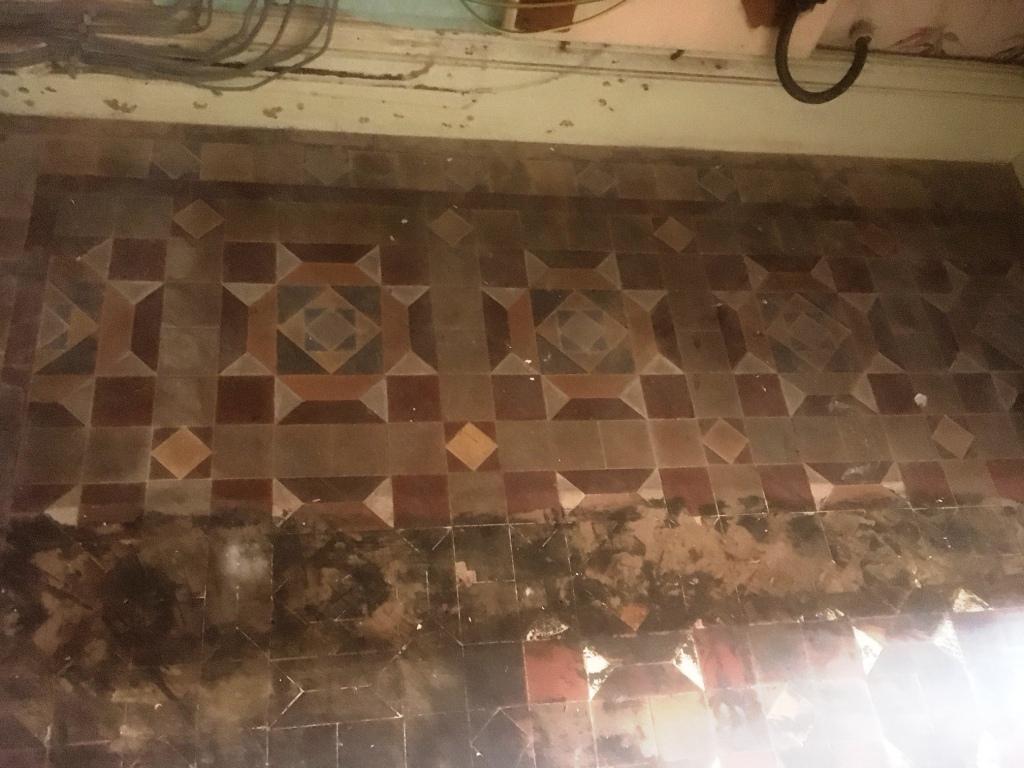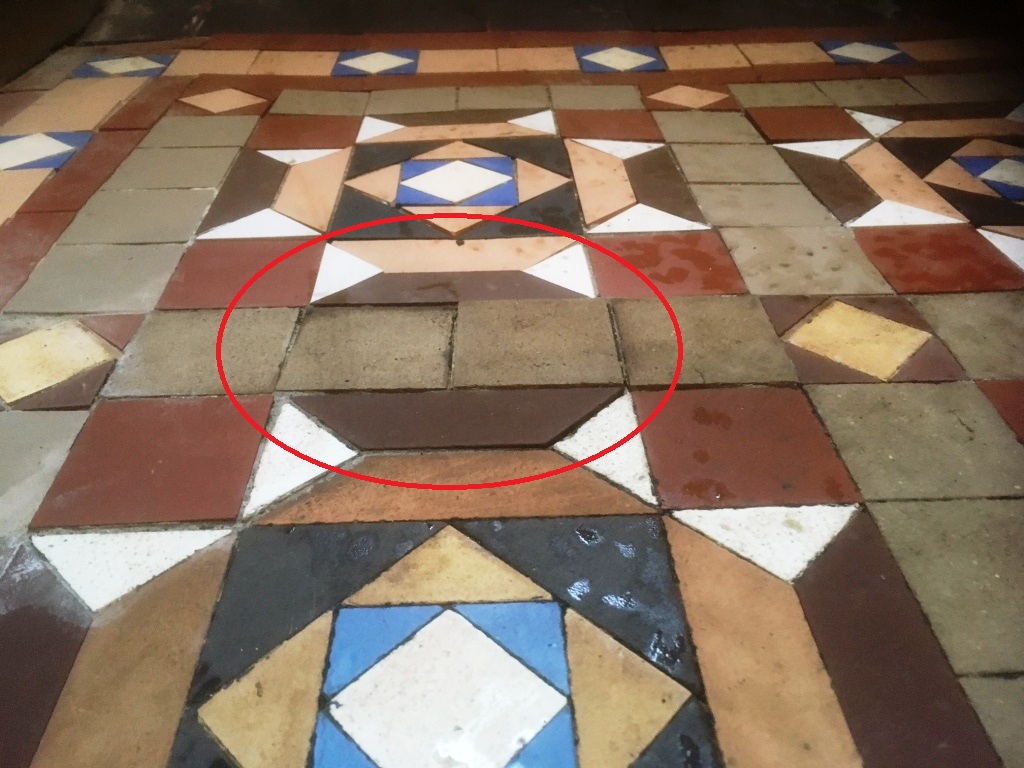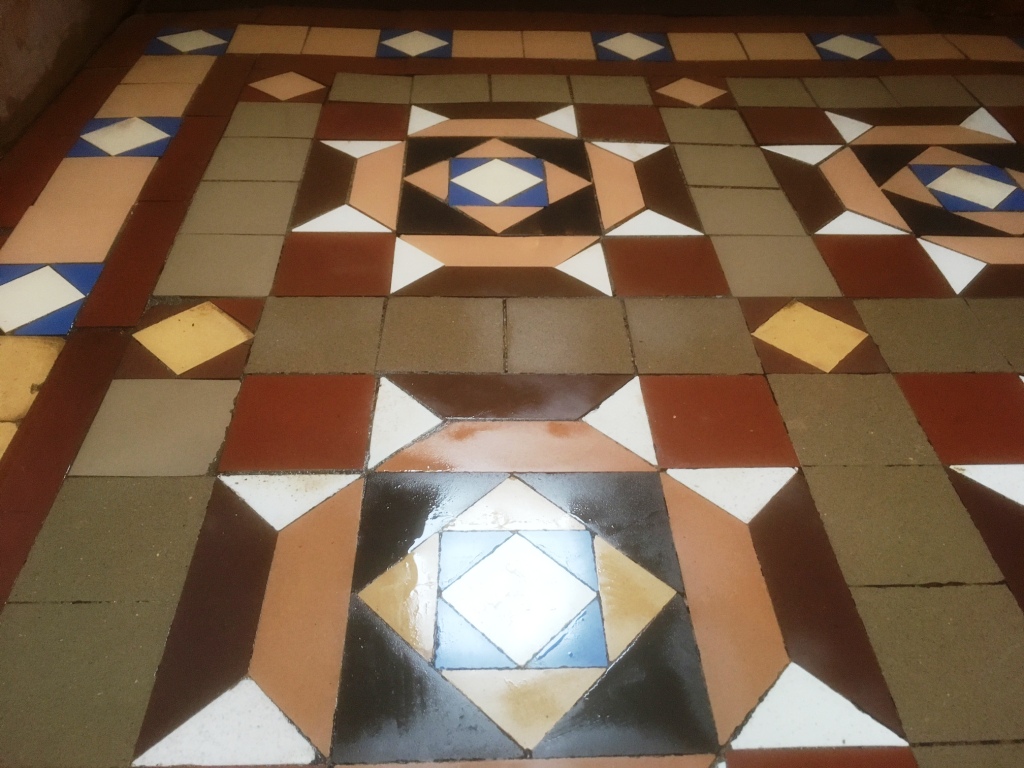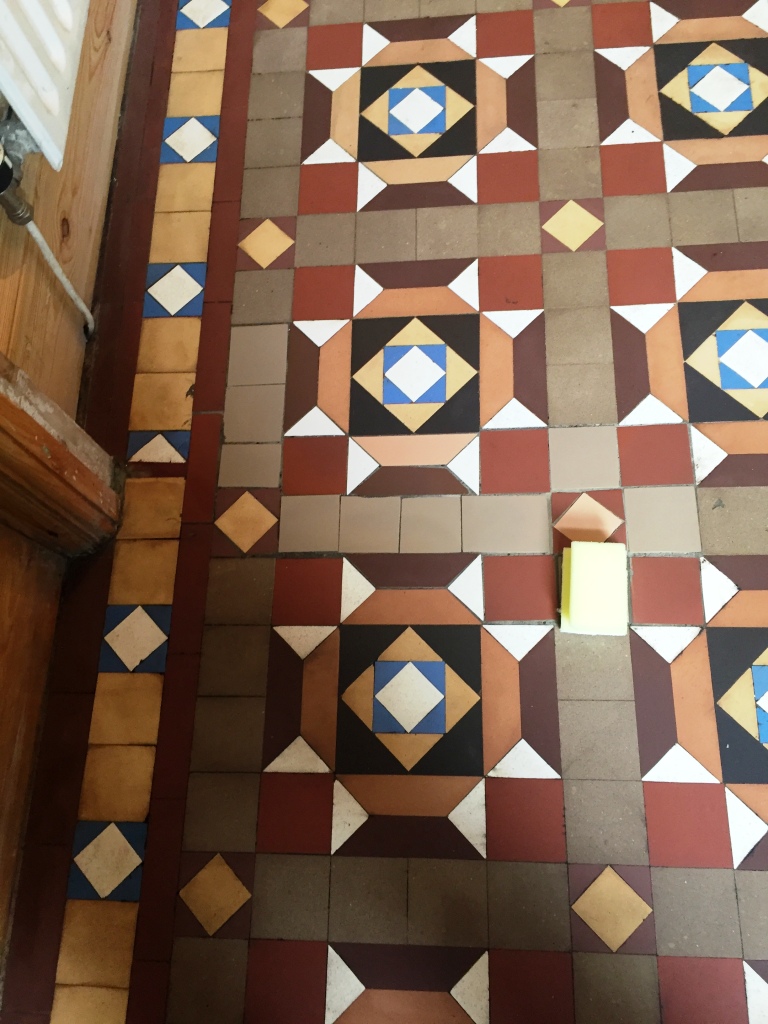While vinyl flooring is affordable, sturdy, resilient, and durable, mildew can damage this type of flooring, causing unpleasant odors, and even damage to your home foundation if it is not kept in check. Therefore, cleaning your vinyl floors frequently is important.
As you clean your floor, make sure that your body does not come into contact with mold. Wear long pants, long sleeves, a face mask and goggles to protect your skin and lungs. It is also important that you select a cleaning agent that is non-toxic and safe for your skin. White vinegar is a good alternatives to bleach or commercial cleaners because it produces an environment that is too acidic for mold to survive. Another alternative is boric acid, although boric acid is toxic if swallowed. If you go with boric acid or vinegar, mix your cleaning solution with one part vinegar or boric acid to four parts water.
What You'll Need:
- Broom
- Dust Pan
- Garbage Pail
- Bucket
- Strong Bristle Scrub Brush
- Rubber Gloves
- Small Scrub Brush or Toothbrush
- Water
- Bleach or another Oxygenated Cleaner
- Paper Towels or ClothTowels
- Super Absorbent Cloth
- Clean Scrub Brush
- Spray Bottle Filled With Mildew Stain Remover
- Sponge Mop
- Clean Sponge
Step 1 - Clear the FloorRemove furniture, carpet mats, and other such items from your floor. Sweep the floor and empty the contents from your dust pan into a garbage pail.
Step 2 - Mix Your Cleaning Solution
Fill your bucket with 1 part household cleaning detergent and 5 parts water. A good alternative to use is bleach. If you are not comfortable with bleach, you can also try a commercial oxygenated cleaner.
Step 3 - Start Scrubbing
Rub the floor vigorously with a strong-bristle scrub brush. Immerse the scrub brush several times into the solution and continue scrubbing. Use a small brush or a toothbrush to scrub mold that may be hiding in nooks, crannies, and corners.
Step 4 - Soak Up the Water
Use paper towels or cloth towels to soak up all of the excess water. Discard your paper towels or wash your towels in the washing machine. Be sure to wash them separately so that the bleach or cleaning solution does not come into contact with anything else.
Step 5 - Scrub Some More
Using a clean scrub brush, scrub the floor completely again, but this time use only clean water. Work in sections and wipe up the moisture with a super absorbent cloth or towel.
Step 6 - Allow Your Floor To Dry
Leave the floor exposed to the air to dry completely.
Step 7 - Spray with Mildew Stain Remover Or Bleach
Use a spray bottle to spray the floor with a mildew stain remover. Let it sit for 2 to 3 minutes to activate. Rub the floor with a sponge mop to spread the stain remover evenly. Let it dry.
Step 8 - Rinse Your Floor
Use clean water and a sponge to rinse off the mildew stain remover. Cover the floor section by section, until you have treated the entire floor.
Step 9 - Let Your Floor Dry
Allow your floor to dry completely before putting anything back on it.
